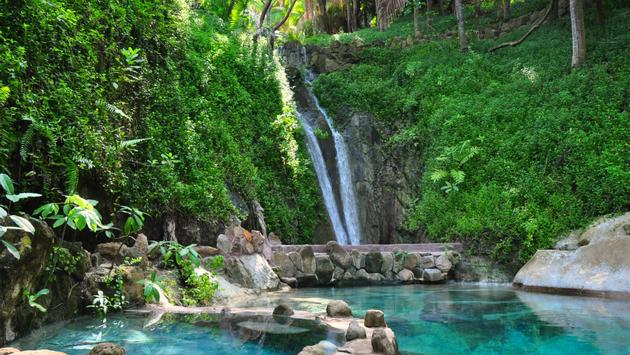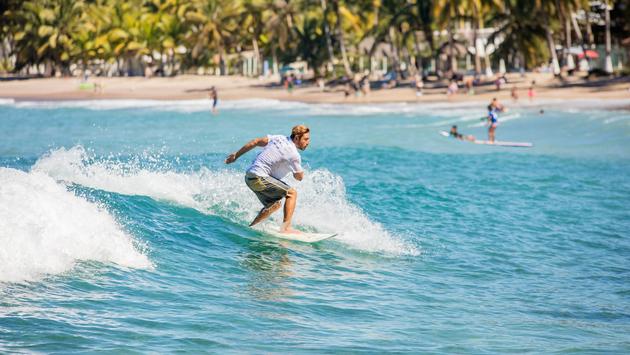Riviera Nayarit Highlights Eco-Tourism

Riviera Nayarit is home to lush forests and colorful marine life, giving visitors a number of opportunities to connect with nature-inspired experiences.
The 200-mile stretch of coastline on the Western border of Mexico is emerging as a top eco vacation destination as travelers return to Mexico following the COVID-19 pandemic.
Summer is a prime time to experience nature in the Riviera Nayarit, which is home to a number of magical waterfalls. An hour away from San Blas in the small town of Tecuitata, travelers can see the Salto del Cora waterfall. The village is also known for eco ventures and birdwatching and is home to a microclimate environment for organically grown coffee, fruits and endemic trees.
Hiking to the waterfall is popular with guests, and visitors can also go cliff diving, kayaking, canyoning and rappelling.
El Salto de Jumatan is Nayarit’s largest waterfall, plunging from more than 360 feet high.

The Riviera Nayarit is also known for its surfing. Beginners and intermediate surfers are found in places such as El Anclote, Punta Burros, Sayulita and Veneros. Those who are more experienced head to Santa Cruz de Miramar, Las Islitas and Matanchen Bay. Soon, the Dreams Bahia Mita Surf & Spa resort will open and offer an extensive surfing program steps away from the region’s top surf spot.
Riviera Nayarit is also a great spot for scuba diving at places such as Marietas Islands, El Morro, Los Anegados, Isla Isabel and Islas Marias.
Travelers can also visit the Riviera Nayarit for conservation and wildlife experiences. In the summertime, there are a number of opportunities to partake in the special turtle programs that protect turtles through harvesting, hatching and final release processes. Local resorts, including Grand Velas Riviera Nayarit and Four Seasons Punta Mita, offer “liberation ceremonies” for the baby turtles.
Whale watching and birdwatching are also popular in the region. In various areas including San Blas, Tecuitata, Singayta and Isla Isabel, visitors can spot Belted Kingfishers, Bronzed Cowbirds, Mexican Wood Nymphs and White-collared Seedeaters.
During the winter months, travelers can watch hundreds of whales or swim with whale sharks along the estuaries between Platanitos and El Sesteo Beach.
These days, the region is more accessible than ever, with several direct flights to Puerto Vallarta International Airport (PVR) from Mexico City or via the U.S. through Houston, Dallas and Atlanta.
